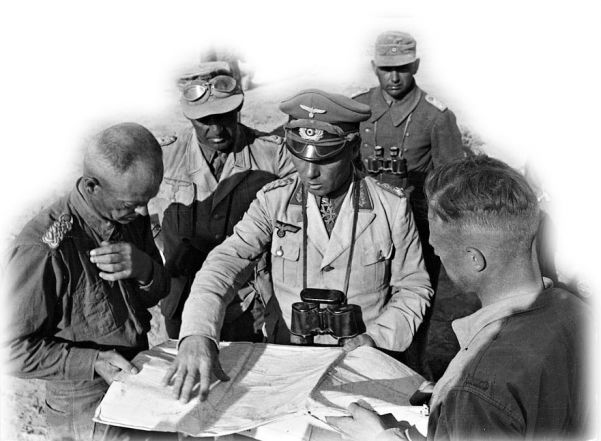1 March
Politics, Bulgaria
Bulgaria joins the Axis powers.
Africa, Libya
Free French forces from Chad seize the Italian air base and garrison at Kufra Oasis in the southeast after a 22-day siege.
4 March
Western Front, Norway
A joint British and Norwegian commando raid and naval assault on the Lofoten Islands destroys fish-oil plants used in the production of explosives, captures 215 Germans, rescues 300 Norwegians, and sinks 10 ships.
5 March
Balkans, Greece
The first contingent of British troops sails from Egypt. By April 2 some 58,000 troops will have been sent to help defend the country.
9-25 March
Balkans, Greece
Italy launches a spring offensive between the Devoli and Vijosë Rivers in northwest Greece to counter the reverses it has suffered. Mussolini himself travels to Albania to supervise the deployment of 12 divisions for the attack. Greek intelligence and defensive preparations ensure that the poorly-planned Italian attacks from Albania are rebuffed.
11 March
Politics, United States
President Franklin D. Roosevelt signs the Lend-Lease Act that allows Britain to obtain supplies without having to immediately pay for them in cash. For the remainder of 1941, however, Britain is able to pay. The bill grants the president greater powers to supply military equipment to any nation he considers important to US security.
24 March
Africa, Libya

General Erwin Rommel begins his first offensive in Libya by driving the British from El Agheila. He now begins a counteroffensive similar to the original attack by the British. While the 21st Panzer Division races across the desert toward Tobruk, Italian forces take the longer coastal route.
25 March
Politics, Yugoslavia
Yugoslavia joins the Axis powers by signing the Tripartite Pact.
27-30 March
Politics, Yugoslavia
A coup by air force officers deposes Prince Paul’s pro-Axis administration. King Peter II takes nominal charge of the country and General Dusan Simovic becomes head of government. The events alarm the Axis powers, chiefly Germany.
Adolf Hitler responds to the overthrow of Prince Paul by issuing Directive No. 25, the order for the invasion of Yugoslavia, which will commence alongside the attack on Greece, code-named Operation Marita. Hitler approves of the army’s proposals for the invasions, both of which are scheduled to begin on April 6.
27 March
Africa, Eritrea
The Battle of Keren, in northeast Eritrea, ends with Italian forces being forced to retreat toward the capital Asmara. The Italians lose 3000 men compared to British fatalities of 536. Asmara falls five days later.
28-29 March
Sea War, Aegean
The Italian fleet sails into the Aegean Sea to disrupt British convoys to Greece. A British force led by Admiral Henry Pridham-Wippell engages some Italian cruisers in a long-range bombardment. The Italians retire, fearing the presence of more enemy vessels.
Their fears are realized when the main British force, led by Admiral Sir Andrew Cunningham, sends two torpedo-bombers from the carrier Formidable to attack the Italian naval vessels. They damage the battleship Vittorio Veneto and cripple the cruiser Pola. Three British battleships then engage two cruisers sent to cover the Pola. The Battle of Cape Matapan claims five Italian ships sunk and 3000 men killed. The British lose just one aircraft in the action.
30 March
Politics, United States
The authorities confiscate 65 Axis ships, which are immediately taken into ‘protective custody’.
